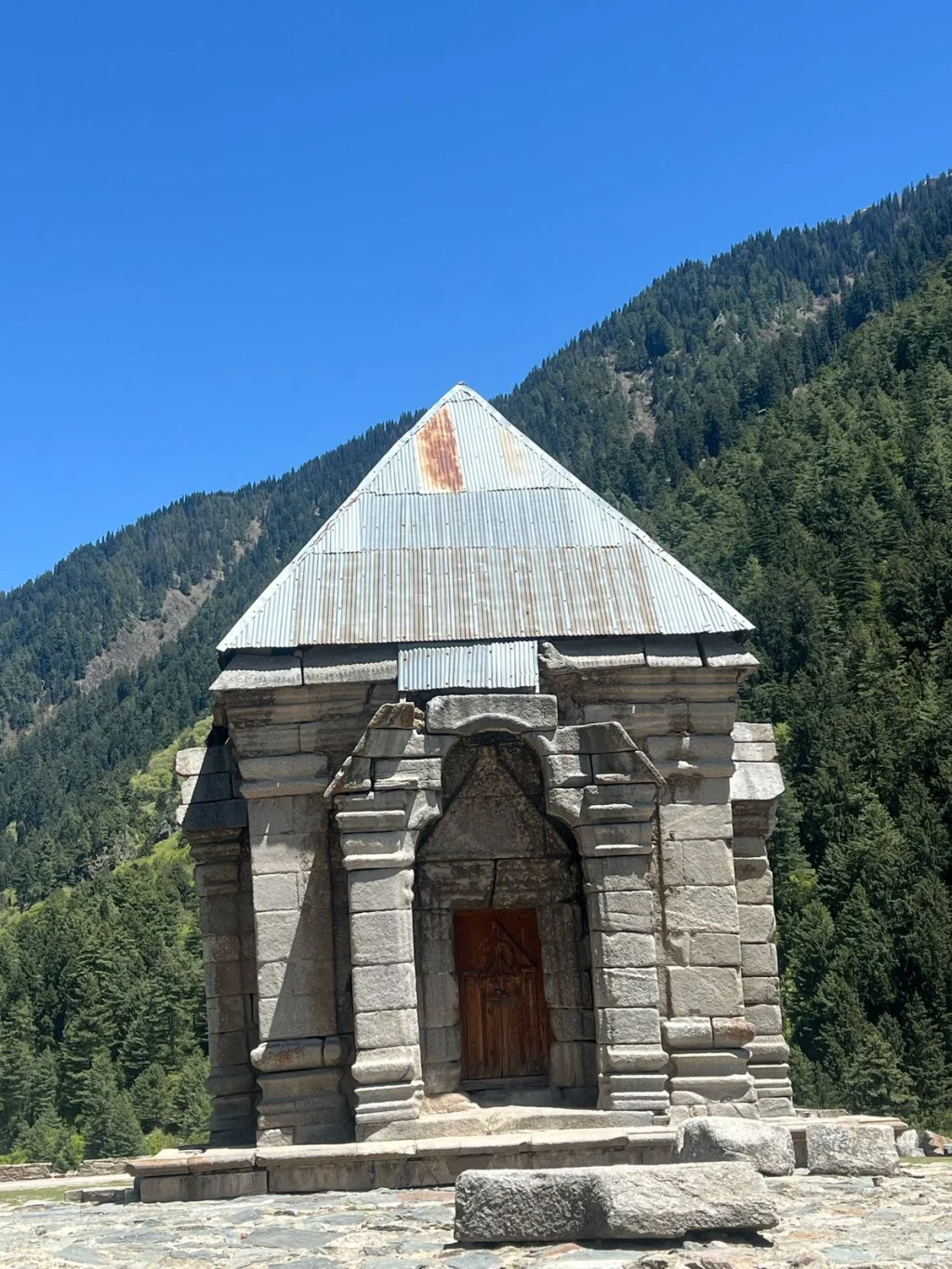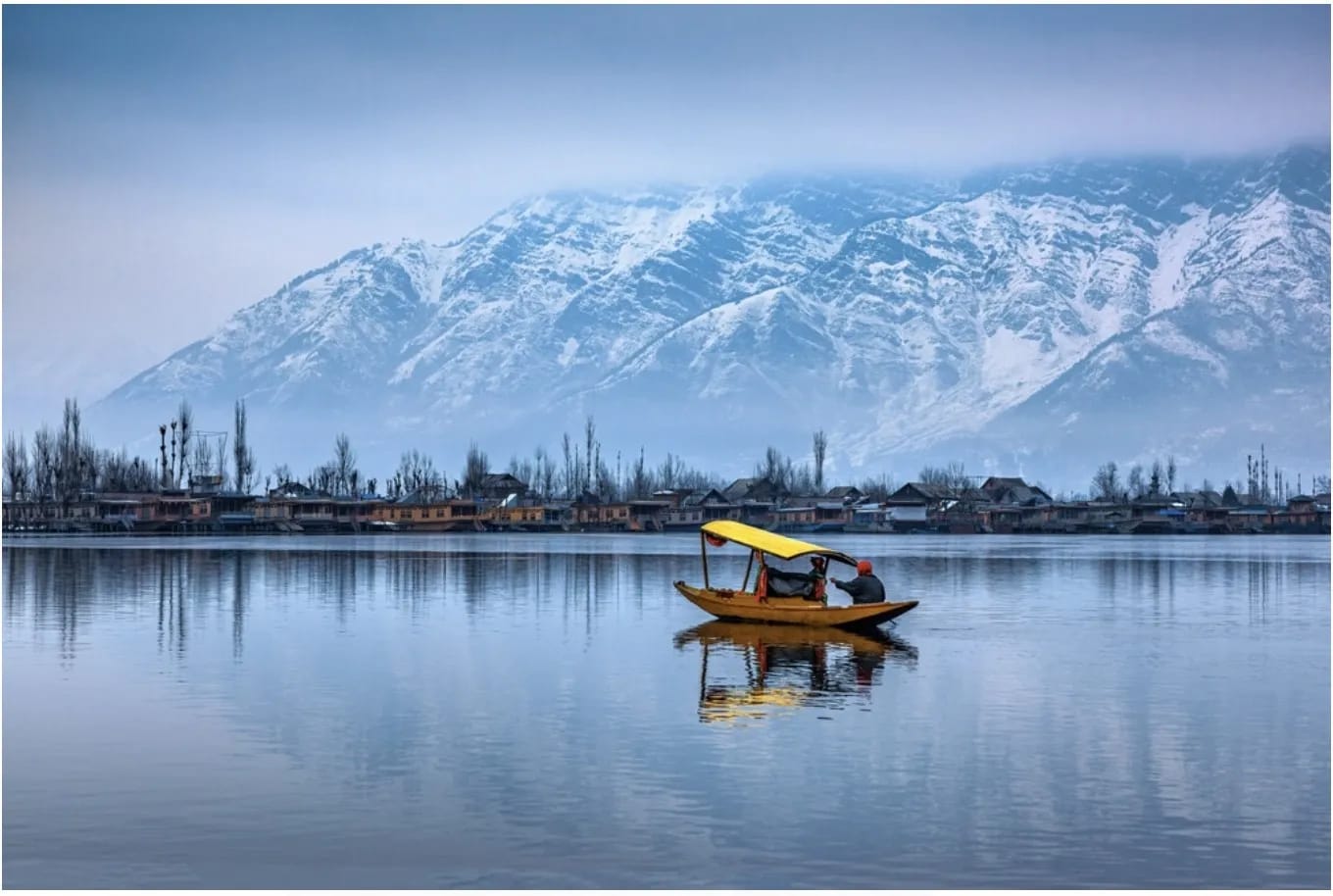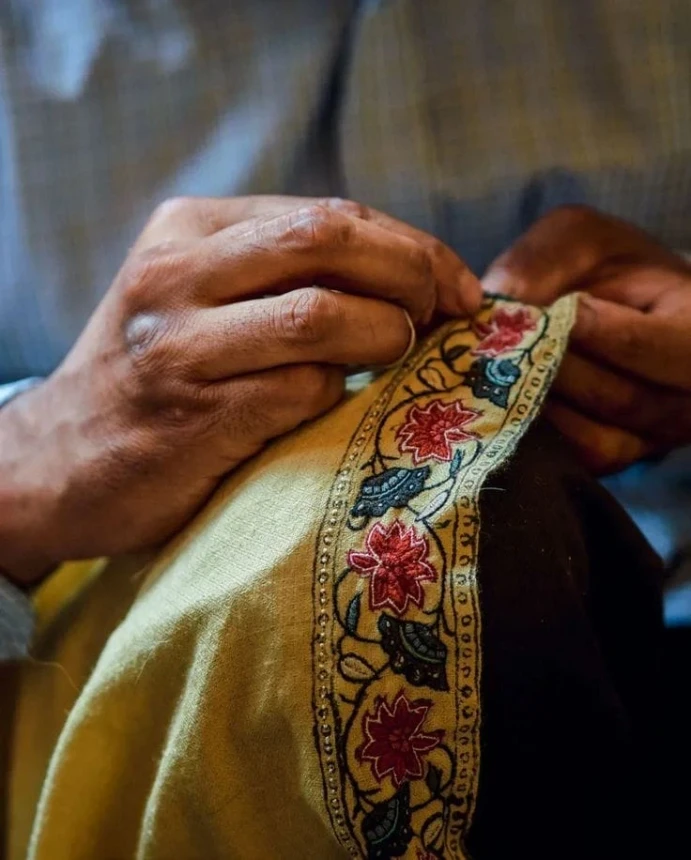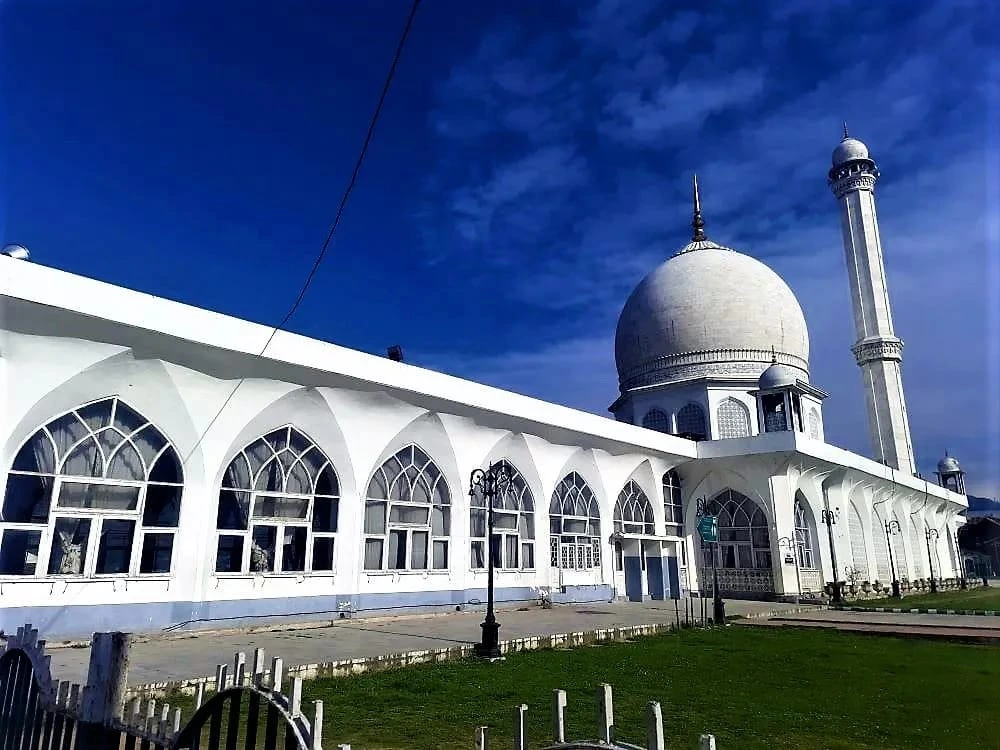In today’s world, there is a rapid change in many fields, and correspondingly, new fields of science have appeared. In parallel with it, some values that have existed for a long period have started to have more importance, and more studies have been conducted to investigate, save, and transfer them to the next generations…these are various kinds of Kashmir heritages.
“Heritage is our legacy from the past, what we live with today, and what we pass on to future generations”.We belong to nations, religions, small groups, and professions. We are shaped by our economic conditions, our ethnic background, and our gender. Understanding the overlapping and sometimes contradictory histories of these different communities deepens our connections to them. We gain insight into, appreciation for, and sometimes a necessary skepticism regarding our own beliefs and practices. Kashmir’s heritages reflect the cultural, historical, and traditional values passed through generations, offering deep insights into diverse communities and their legacies.
Top Historic Places to Explore in Kashmir:
- Pari Mahal.
- Hari Parbat.
- Bumzuva Cand Temple.
- Mughal Garden.
- Martand Sun Temple.
- Shankaragaurishvara.
- Sugandhese temple.
- Amarnath Temple..
- Ancient Buddhist monastery.
Pari Mahal
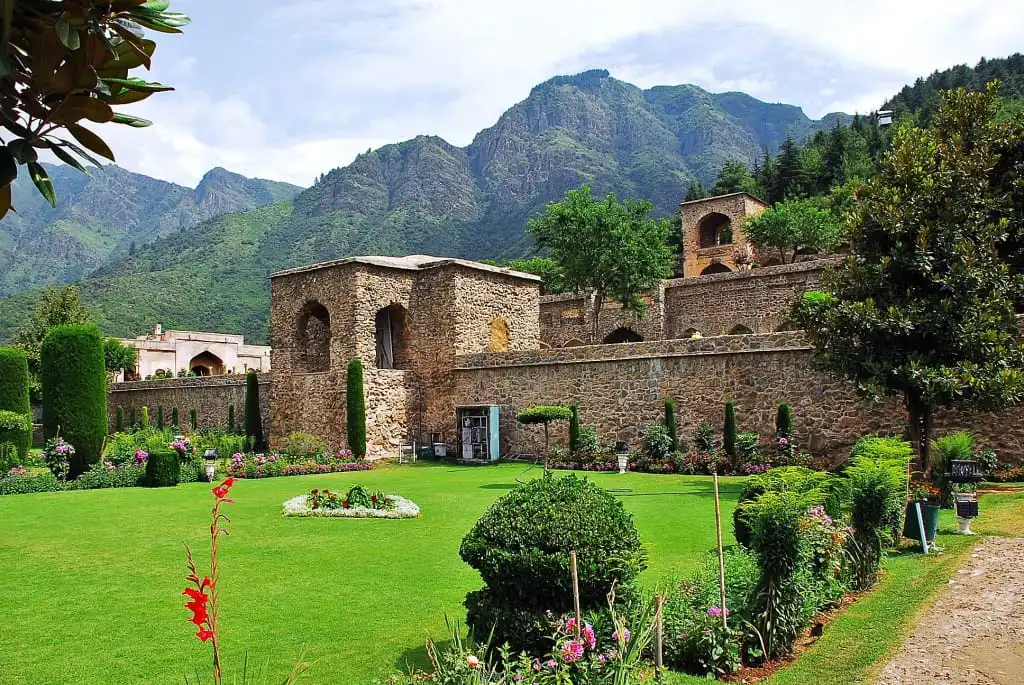
Pari Mahal, literally meaning The Fairies’ Abode, is a beautiful seven-terraced garden that overlooks the striking city of Srinagar from the top of the Zabarwan mountain range. The garden is located towards the southwest of the famous Dal Lake. PariMahal belongs to the Mughal period, hence, its architecture portrays the beautiful Islamic architecture that was one of the patronages during the rule of the Mughal emperor Shah Jahan.
Hari Parbat
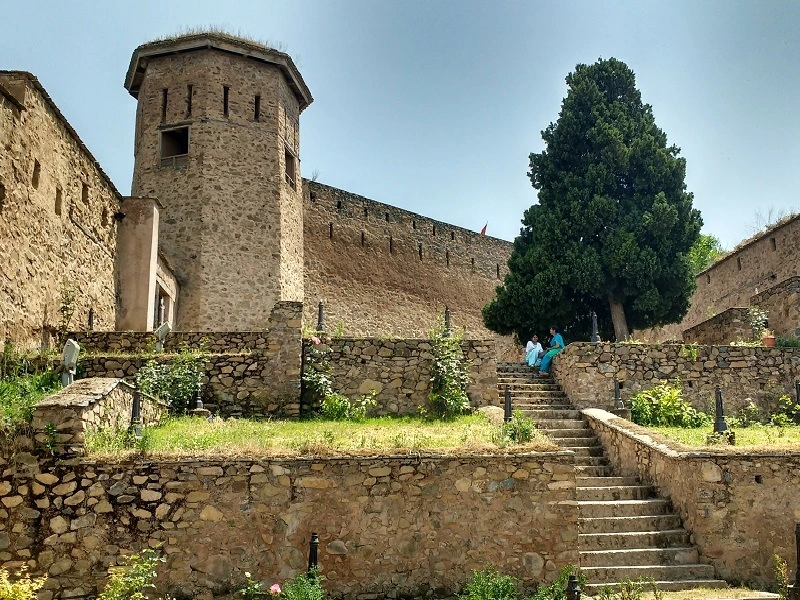
The Hari Parbat fort was built on a hill over several centuries. Emperor Akbar built a wall around the hill in the 16th Century, and the Afghan governor Atta Mohammed Khan built the fort in the 18th Century.
There is a temple within the fort walls, and there is also a mosque below the fort. There are about 150 steps to reach the top. The fort itself is interesting, but more impressive forts have been seen. The view, however, is spectacular. On one side, there is an amazing view of the lake.
Bumzuva Cand Temple
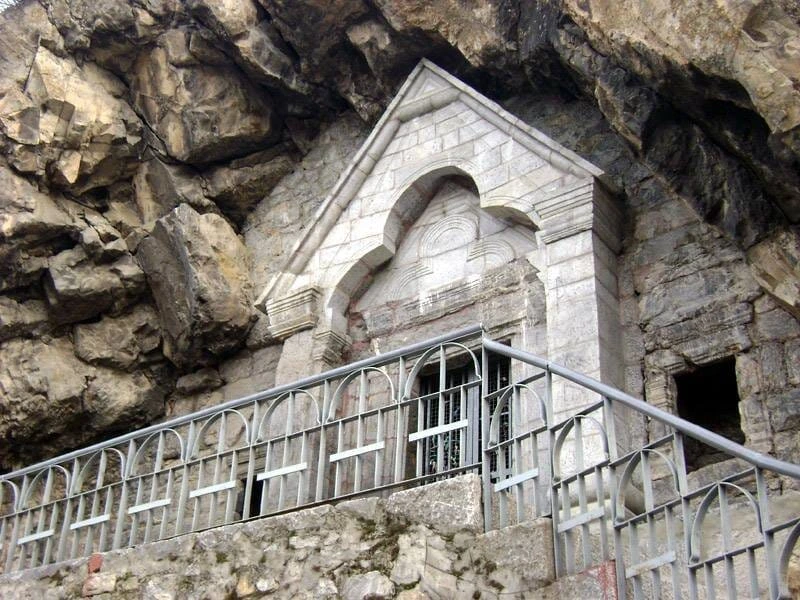
Bhumju or Bumzu cave is an impressive archaeological site. It has been carved into the massive limestone rock. This cave must have emerged as a place of salvation. The date of the cave is yet unknown, while legends have various stories to tell us. Some archaeologists had the assessment of it as an extremely old construction, and while others attribute it to the dynasty of Loha- ras, during the reign of Bhimshahi or Queen Didda.
Mughal Garden
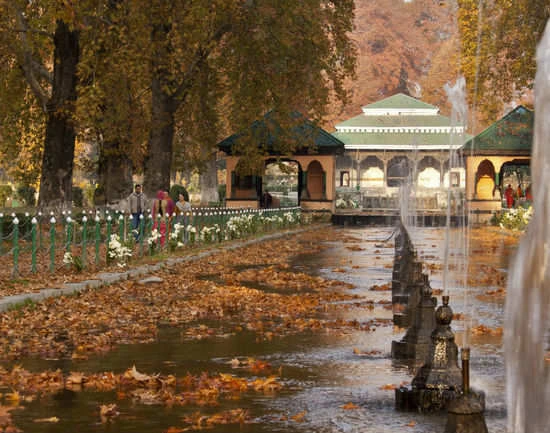
Our list of Mughal gardens in Kashmir will be incomplete without the mention of Shalimar Bagh. Shalimar, literally translating to ‘the abode or hall of love,’ is an alluring garden built by the Mughal emperor Jahangir for his wife, Noor Jahan. The garden has three terraces, with pools, fountains, and trees on the edges of each terrace. The lush garden is the epitome of natural beauty and tranquillity.
Translating to ‘garden of delight’ or ‘garden of joy’, Nishat Bagh is exceptionally beautiful and incredibly artistic. This second-largest Mughal garden in Srinagar, is located on the eastern side of Dal Lake. It is divided into 12 terraces (representing the 12 zodiac signs), adorned with flowerbeds and fountains. With the Persian design concept, exceptional Mughal architectural style, and mesmerising landscape, Nishat Bagh will treat your senses.
Martand Sun Temple
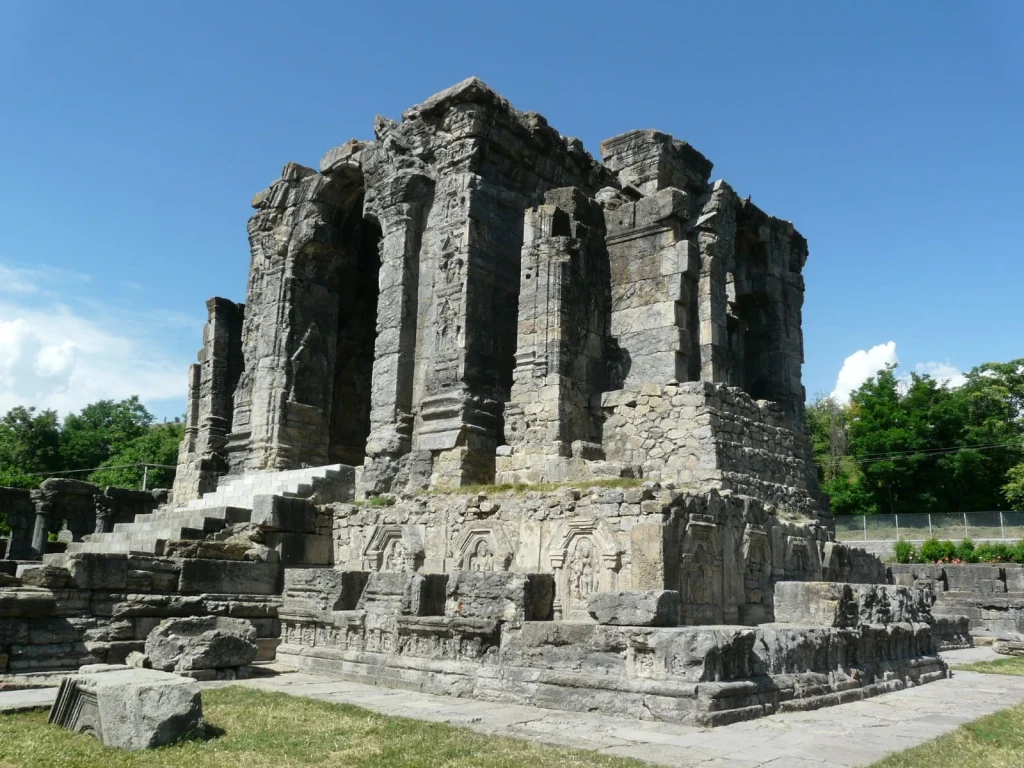
Martanda Sun Temple, located in the Anantnag district of Jammu and Kashmir, is one of the few sun temples in India. Though the temple is in ruins, it retains its grandeur and majesty. There are numerous versions of the temple’s history, ranging from mythological legends to literary traditions of recorded history.
The temple itself is not more than 40 feet high, but its solid walls and bold outlines, towering over the fluted pillars of the surrounding colonnade, give it an imposing appearance. There are no petty, confused details, but all are distinct and massive and most admirably suited to the general character of the building.
Shankaragaurishvara
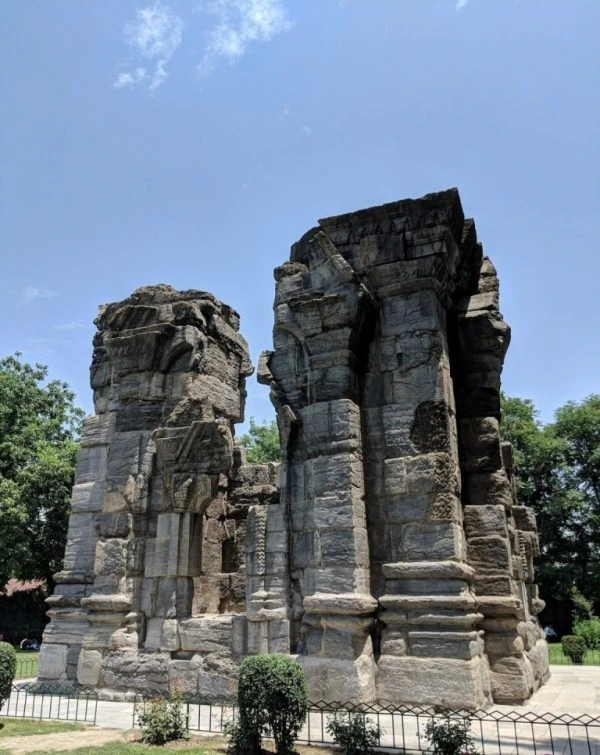
The Shankaragaurishvara Temple is nestled in Pattan village, which is located at a distance of 27 km from Srinagar in the Baramulla district of Jammu and Kashmir. The presiding deity of the temple is Lord Shiva. The temple’s entrance porch faces towards the east. The exterior and interior surfaces exhibit intricately sculpted carvings. The pediments are placed symmetrically on each other. The columns at the entrance are heavily sculpted in a beautiful Kashmiri architectural style, especially in the detailing. The pedestal of the temple and the shrine are built in a peristyle, an open colonnaded pattern, within a walled enclosure. It is in the form of a cellular passage, and remnants of which are still visible.
Sugandesha Temple
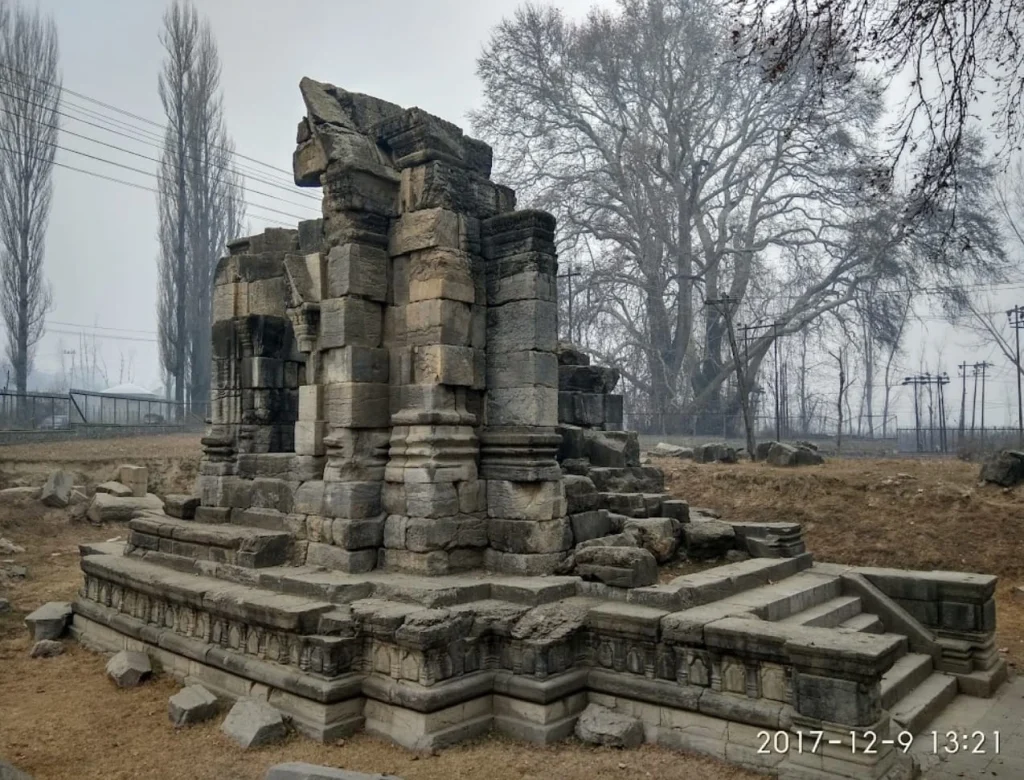
Sugandesha Temple is a Hindu Temple dedicated to Lord Shiva, located in Pattan Town in Baramulla District in the Union Territory of Jammu and Kashmir. The entrance to the courtyard is in the middle of the eastern wall of the peristyle, and consists, as usual, of two chambers with a partition wall and a doorway in the middle. The temple stands on a double base, but it seems probable from the flank walls of the lower stair and the frieze of the lower base, in which the panels intended for sculpture decoration have been merely blocked out, but not carved, that the temple was never completed.
Amarnath Temple
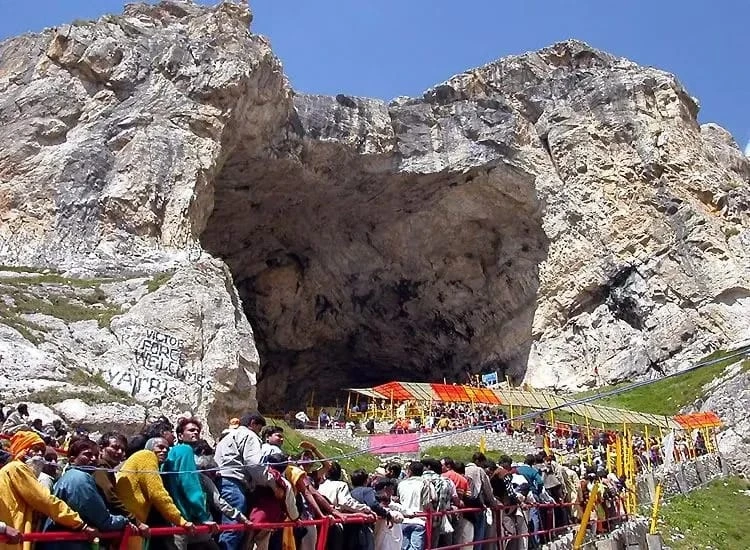
Amarnath Cave is located approximately 3,888 meters above sea level, holds immense religious significance for Hindus, and is considered one of the most sacred pilgrimage sites. For those planning the Amarnath Yatra, which is tentatively scheduled to start on 1st July 2024 and end on 19th August 2024, it is important to understand how to reach Amarnath. Thousands of devotees from different parts of India undertake the Amarnath Yatra to seek the blessings of ‘Baba Barfani’ (also known as Amarnath).
Ancient Buddhist Monastery

Harwan monastery was also the home to Nagarjuna, one of the most important Buddhist philosophers of Mahayana Buddhism. Originally believed to be from Nagarjunakonda in Andhra Pradesh, he is said to have traveled to Kashmir and settled in a place called ‘Sadarhadvana’ or ‘The Grove of Six Saints’. The 12th-century Kashmiri scholar Pandit Kalhana, in his work Rajatarangin, writes, ‘A Bodhisattva lived then in this country as the sole lord of the land, namely the glorious Nagarjuna, who resided at Sadarhadvana.’ Historians like Aurel Stein have identified ‘Sadarhadvana’ with the Harwan monastery.
Tips for Visiting Kashmir’s Historic Places:
Treat the historic places with respect and follow any rules or guidelines provided. Visitors to the greater Bears Ears region, it is our responsibility to respect its natural and cultural sites both out of respect to the region’s Tribes and Pueblos, and for all visitors who come next. Over the past ten years, heightened attention and interest in the area has rapidly increased visitation, causing concern that the natural and cultural resources of Bears Ears are at great risk of being “loved to death.”
You are a link in a chain of human existence that extends thousands of years into the past and future, and as a link in the chain, you have responsibilities. It is your job in the present moment to be a good steward of the land. “Visit with Respect” is how we describe our stewardship obligations: we aim to have a light touch on the landscape and be aware of those who came before us and those who will come after us.
Hiring a tour guide for historic places offers numerous advantages, including insightful narratives, cultural significance, and efficient time management. Tour guides enhance the learning experience, overcome language barriers, and support local economies, making visits more meaningful and enjoyable.
Why Should You Visit Kashmir’s Historic Places?
Our heritage provides clues to our past and how our society has evolved. It helps us examine our history and traditions and enables us to develop an awareness of ourselves. It helps us understand and explain why we are the way we are.
Heritage is a keystone of our culture that plays an important role in our politics, society, business, and worldview. It informs, influences, and inspires public debate and policy both directly and indirectly.
“Every monument has a story to tell,” highlights the idea that monuments are more than just structures; they are tangible representations of historical events, cultural practices, and societal values.
Conclusion
These sites provide a window into the lives and achievements of previous generations, allowing us to learn from their successes and mistakes. Ultimately, exploring historical locations fosters a sense of wonder and appreciation for the enduring human spirit.”Every step into history is a step into a timeless story — where will your journey begin?”

